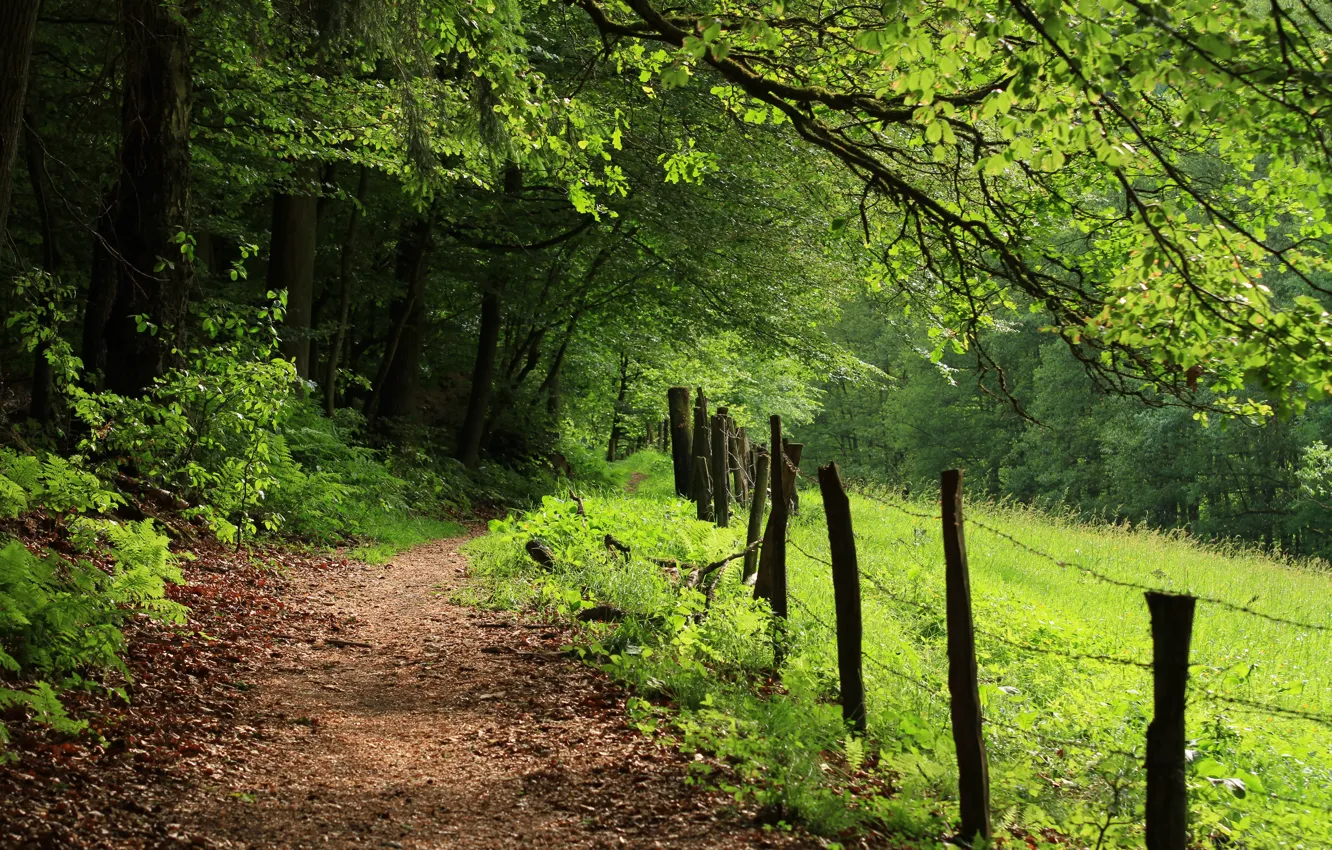
Well, hello, again! This last semester was kind of an intense one. And next spring semester is going to be as well, with my internship and all (unless something goes horribly wrong). I tend to fall into some pretty bad writing habits in times like this, which is why I haven’t been doing much fun writing for the entire time I’ve been in grad school. However! This summer and next fall, I’m only looking at one three-credit class each. So that opens up some possibilities.
As we all know, Jill doesn’t do nothin’ unless she has a goal and a consequence. So I thought this might be a good moment to take a look at what I’ve got coming up and make some realistic goals. I’ll be traveling this summer, which will definitely complicate things, but I really think I’ll be able to get some writing in before work starts again in the fall. Let’s figure out how that might look.
First off, I want a redo on Camp NaNoWriMo. I’m not yet totally sure that I can manage that, since I will be out of the country in July, but I want to try. What I might do is string the re-read part of it out in June and then lower my editing expectations for the month of July. But I do want to get myself through this revision of Sweets that is a bit overdue, and I think I can manage it this summer. In some form. I’m still making decisions on this one.
Overall, though, I just want to focus on more regular writing habits. I’ve gotten preeeetty sloppy lately—including here on the blog—and it’s shown in my absolutely dismal output of absolutely no stories so far this year. Not even a short. I can do better than that.
Now in the midst of all these big plans, it may be time for a little health check in. I’ve spent a lot of time in the last few months with various medical professionals, trying to keep my joints from disintegrating quite so quickly. It’s been… kind of a mixed bag, really. The physical therapy has definitely helped with some things. My shoulders are relatively solid right now, as well as my hips, knees, and ankles. The ribs are honestly about the same as before, despite all the work, which is frustrating. And my hands and wrists are currently in the quickest decline, followed closely by—terrifyingly—my neck. Trash hands makes it tricky to really commit to high word output stories, but I am working right now to find ways to strengthen things up so that I can hopefully get back to that point by November. (I mean, I’ll take good hands as quickly and as long as possible, but having November as a time-bound makes things easier for my goal-oriented brain.) So that’s kind of where I’m at right now.
With that in mind, I think committing to weekly goals rather than daily goals gives me the flexibility to fudge the bad days and make up on the good days. I’ll have three writing activities I want to be working on each week:
Schoolwork This is going to vary week to week, and I have no way of knowing what the workload is going to be like week to week, but I am guessing about 3-5 hours per week. However much time it takes, this is top priority. If I have to bump back graduation by a year because I didn’t do my homework, I will scream.
Blog No surprises here. Each week, I want to have a 750-1k word blog (or a comic) up on the site Monday or Tuesday. As we’ve seen recently, that isn’t aways possible, but I want to renew my vows to that because it’s important to me and the accountability keeps me going.
Fiction This might be writing or editing, depending on where I am and what month it is. When in writing mode, I think around 5k per week is a small but manageable goal that I can get behind. And when in editing mode, about 2-3 hours of editing per week seems doable.
Nothing fancy, nothing heroic. I just need to get into habits of plodding forward and making progress, even if it’s a little bit slower than I have historically managed. I tend to beat myself up for not being at the peak levels of bygone eras, but my reality is that I will probably never reach peak levels of anything ever again that requires the use of any joints. And I just need to be okay with that. I was doing my best way back when. As long as I continue to be doing my best, whatever that looks like, I can be just as proud of myself. (I say that now; we’ll see if it sticks.)
As for consequences… I haven’t really decided yet! But I do want to keep it positive, since I’ve got some pretty big extenuating circumstances that aren’t exactly in my control. So I’ll probably mull it over, chat abotu it with friends and hubby, see what I come up with. If it isn’t totally boring, I’ll share with the group, haha.
So until next week, happy writing!









